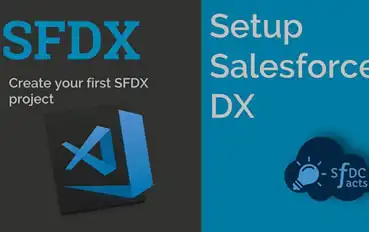
Why It Matters: The DevOps tools you use will only provide the desired benefits if they’re properly used. A code analysis tool can improve code quality while also reducing cybersecurity vulnerabilities.
- ROI from a DevOps tools will vary between organizations depending on the frequency and strategy of usage.
- Most DevOps tools will provide cross-functional benefits when used in an intentional way.
- A code analysis tool will benefit developers and administrators by setting up ensuing processes in the DevOps pipeline.


 Another aspect of a complete DevSecOps toolset is to combine the power of a code analysis tool with
Another aspect of a complete DevSecOps toolset is to combine the power of a code analysis tool with 




